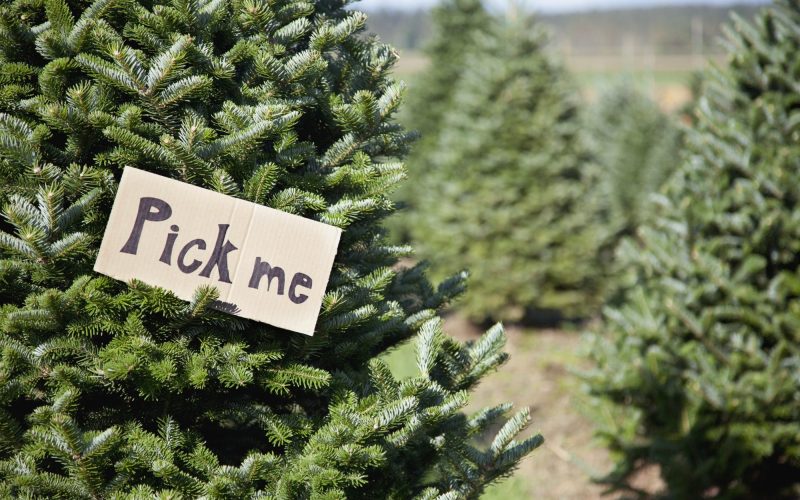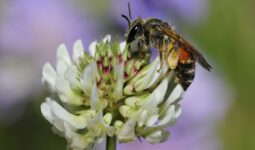The different Christmas tree types are the focal point of your holiday decor and family traditions.
It’s critical to narrow down your options and choose the appropriate one.
Shape, color, and aroma are just a few factors to consider. Furthermore, will you choose a noble fir recognized for its hardy needles? What about a little Christmas tree for the mantel or a bright green scotch pine with plenty of room for decorations?
Whether you handpick the same sort of Christmas tree every year or go with the first one that catches your eye, the truth remains that there are many different types of Christmas trees to choose from.
Before buying a real Christmas tree, ask yourself the following questions: Is there enough room in your home to handle the branches, which may continue to unfold for a few days after you bring it home (especially if it was wrapped up on a tree lot)?
Can you keep it watered so it doesn’t dry up and lose its needles before the 25th?
Do you enjoy smelling the perfume of a live Christmas tree and admiring its natural beauty when you get home?
If you answered yes to all three questions, you should choose a genuine Christmas tree over an artificial one.
Additionally, we’ve compiled a guide to the many sorts of Christmas trees to help you find the best tree.
It is divided into categories depending on the most frequent attributes and characteristics.
Furthermore, Celebrate the most delightful time of the year with a Christmas tree at the top of your wish list this holiday season!
Take a look at the different types of Christmas trees available here;
1. Balsam Fir
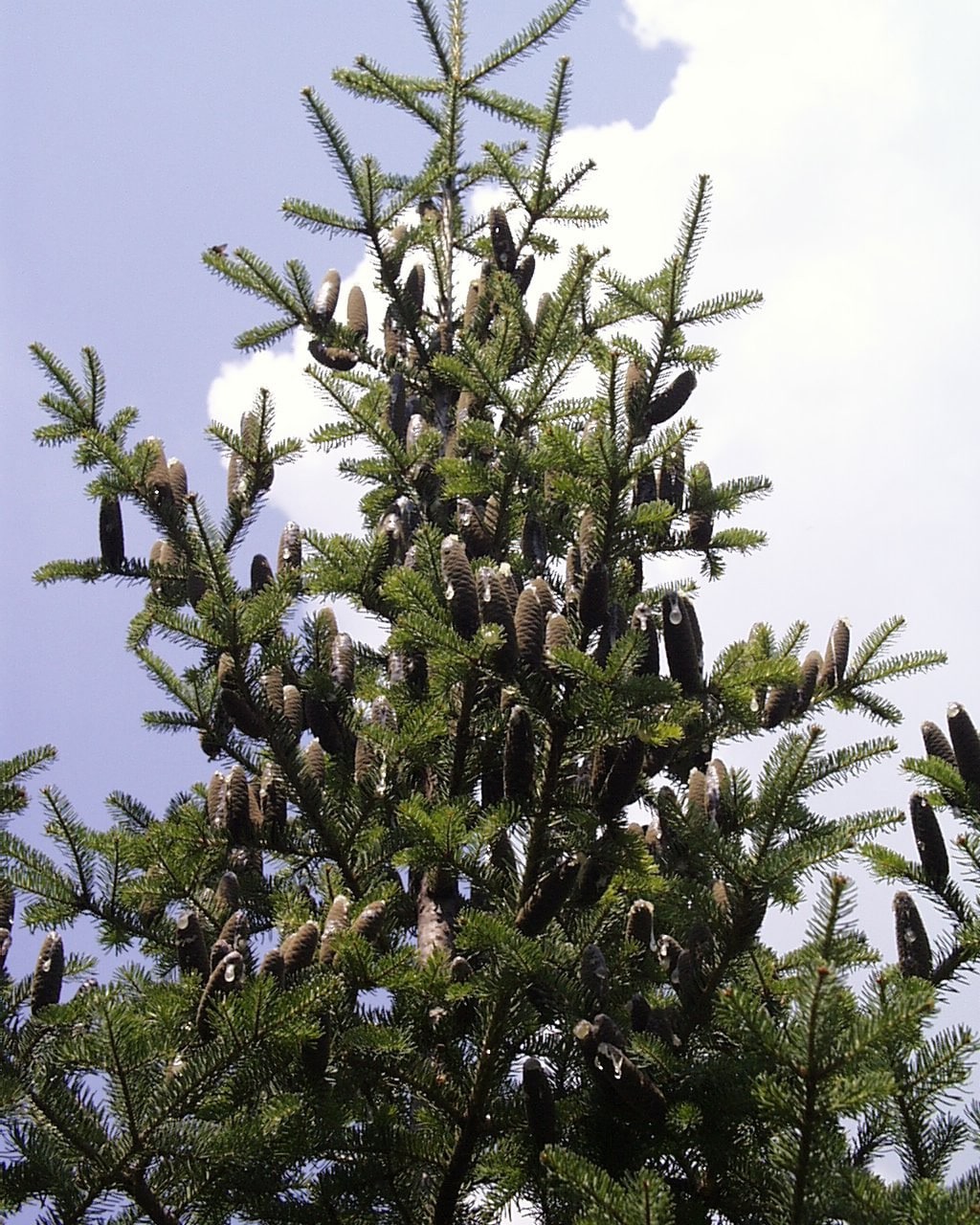
The balsam fir is a conical-shaped evergreen tree with dense, dark-green leaves that are flat and needle-like.
Besides, the leaves of the balsam fir have a gleaming silvery-white sheen to them and are widely used in Christmas wreaths and bouquets.
However, this evergreen tree has a pleasant scent and a pleasing appearance. Giving off that spicy Christmas smell only adds to its popularity as a Christmas tree.
Furthermore, this particular fir variety is modest to medium in size and can reach 66 feet.
2. Douglas Fir
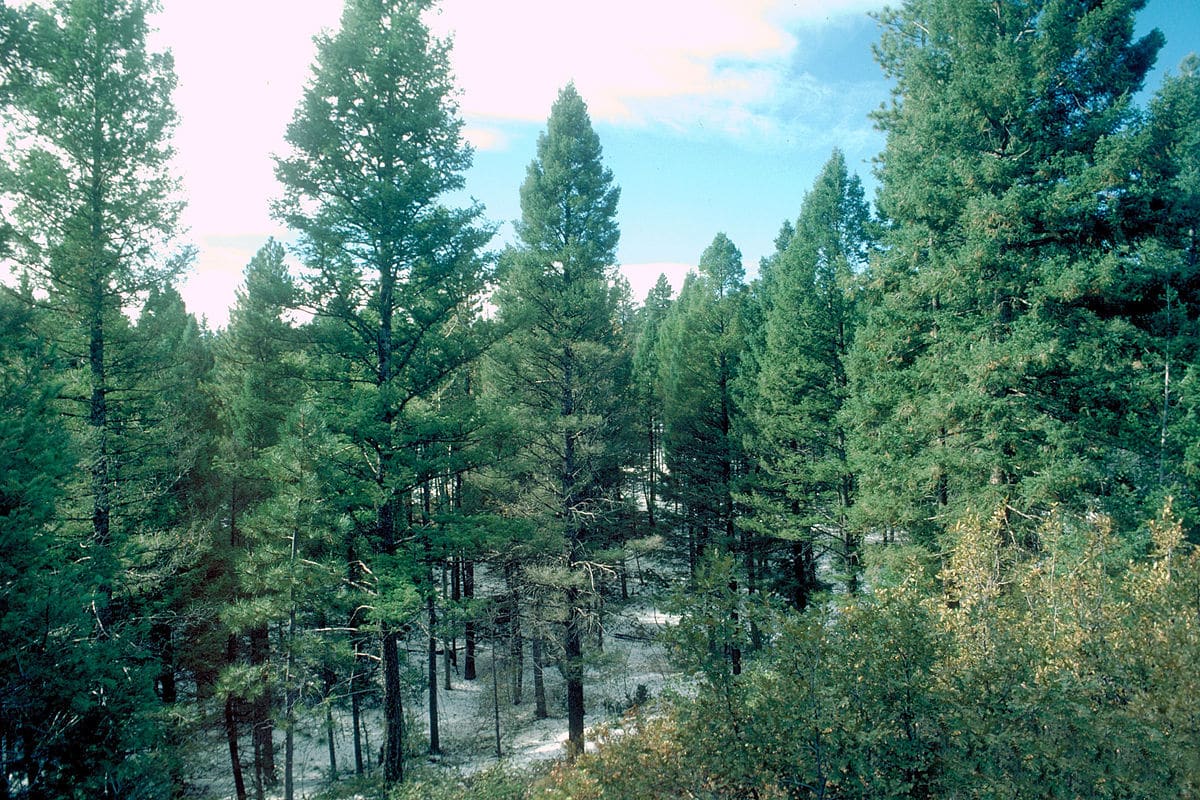
According to the National Christmas Tree Association, Douglas Firs are among the most popular Christmas tree types in the United States because of their ideal pyramid shape.
Furthermore, Douglas Firs are also lovely and full because their needles radiate in all directions.
“While not a true fir, Douglas can be found on every tree farm,” says A.D. Ali, Ph.D., Technical Services Manager at The Davey Tree Expert Co.’s Davey Institute.
However, Z “Douglas firs are a favorite because their dark green or blue-green needles are pleasant to the touch and have a delicious aroma.
But be warned: if this tree doesn’t get enough water, it will drop its needles.”
3. Canaan Fir

The Canaan fir is a hybrid of the Fraser and balsam firs and is known for its resemblance to both.
Additionally, Canaan fir, like Fraser fir, is a medium-sized evergreen tree with excellent needle retention. Its flat, needle-like leaves have a lovely green tint.
However, the Canaan fir, which originated in West Virginia’s mountains, is a newcomer to the Christmas tree market. As a result, this particular fir varietal is scarce.
4. Colorado Blue Spruce
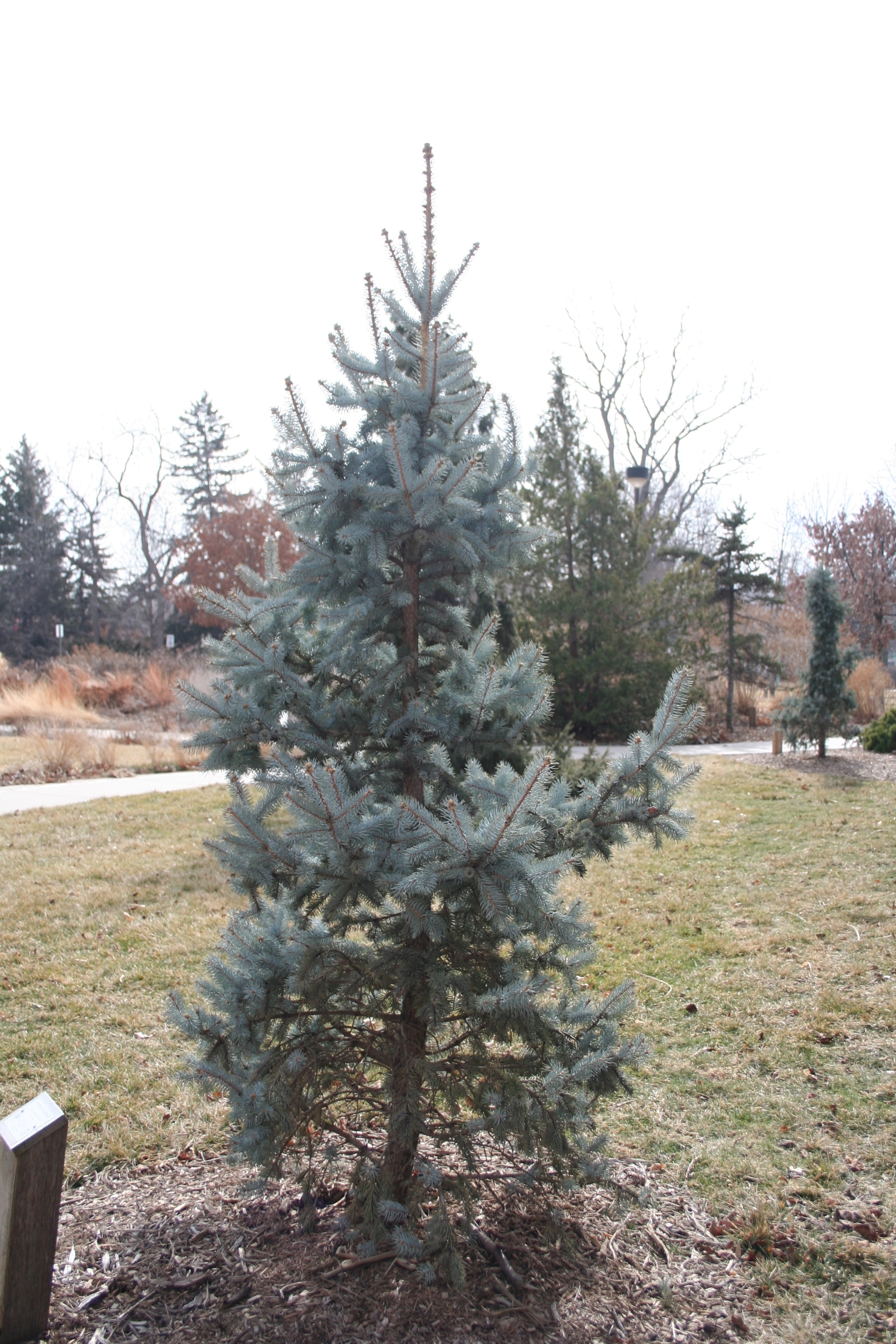
The Colorado Blue Spruce’s attractiveness stems from its blue/silvery color, ideal for a wintry living room.
It is one of the different types of Christmas trees. “Observe for the blue spruce’s stiff branches and pointy needles!” Radin explains.
Additionally, “When handling and decorating, long sleeves are recommended.
This may be an excellent option if you have nosy pets because the needles’ discomfort will typically keep them away.
However, it also has good needle retention, according to the Farmer’s Almanac.
5. Grand Fir

This evergreen tree’s name certainly says it all. The grand fir is a tall tree that grows wild in the Pacific Northwest and Northern California. These colossi can reach heights of 230 feet.
Furthermore, the needles of the grand fir are bicolored, with yellow-green colors and a white line beneath them.
However, this tree has lovely, dense leaves and emits a delicious, spicy Christmas tree aroma.
6. Concolor Fir
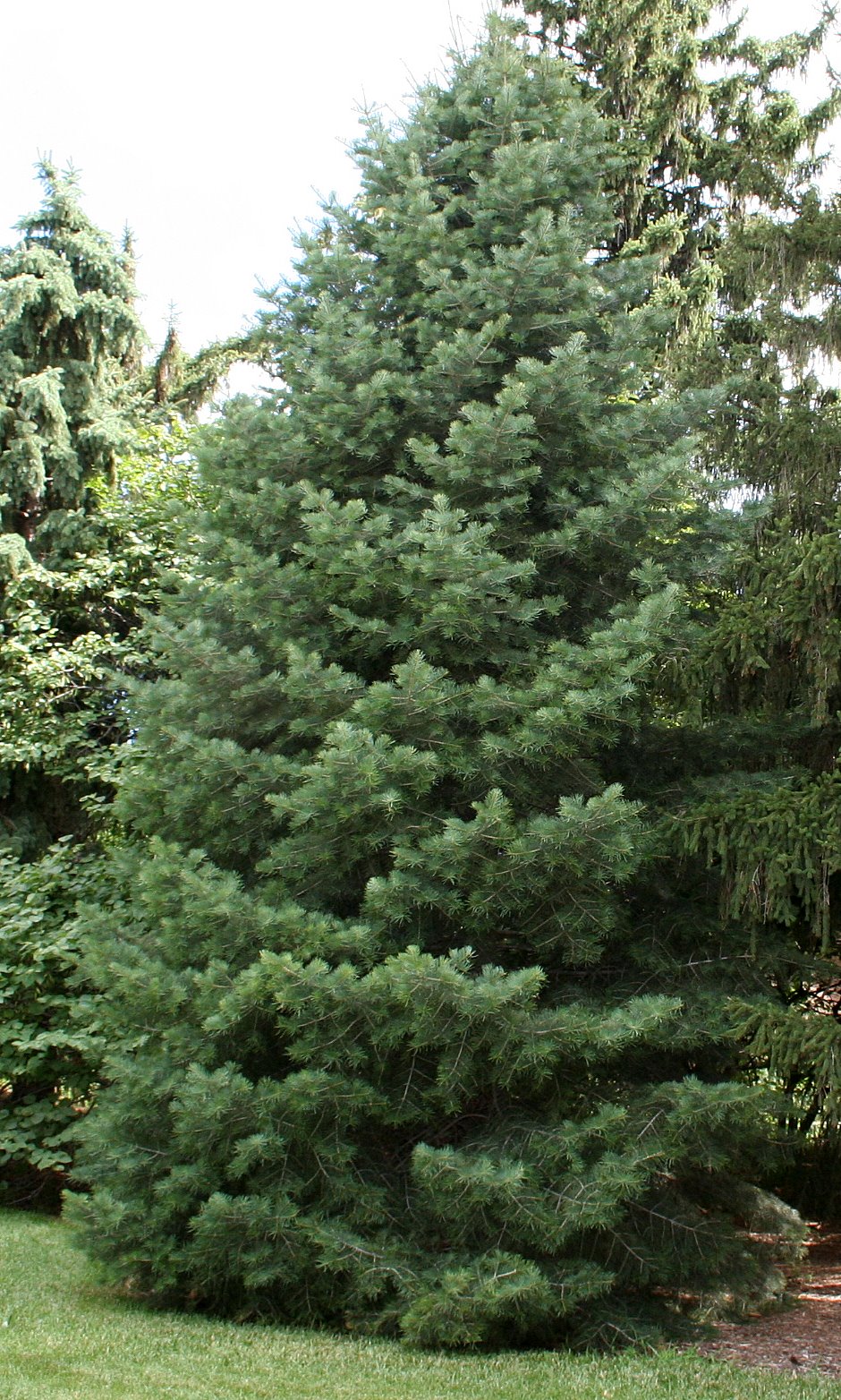
Concolor fir has a large, spherical body and needles that are bluish-green.
However, because of its appearance, the concolor fir is often called a “white fir.”
Furthermore, these different Christmas tree types can only be found in the western United States.
7. Noble Fir

Noble fir is a superb Christmas tree form because of its powerful aroma, which many people connect with the Christmas season.
However, its sturdy branches are particularly ideal for ornamentation.
It is one of the top different types of Christmas trees. Furthermore, the noble fir is a dark green tree that thrives in the Pacific Northwest.
8. White Pine
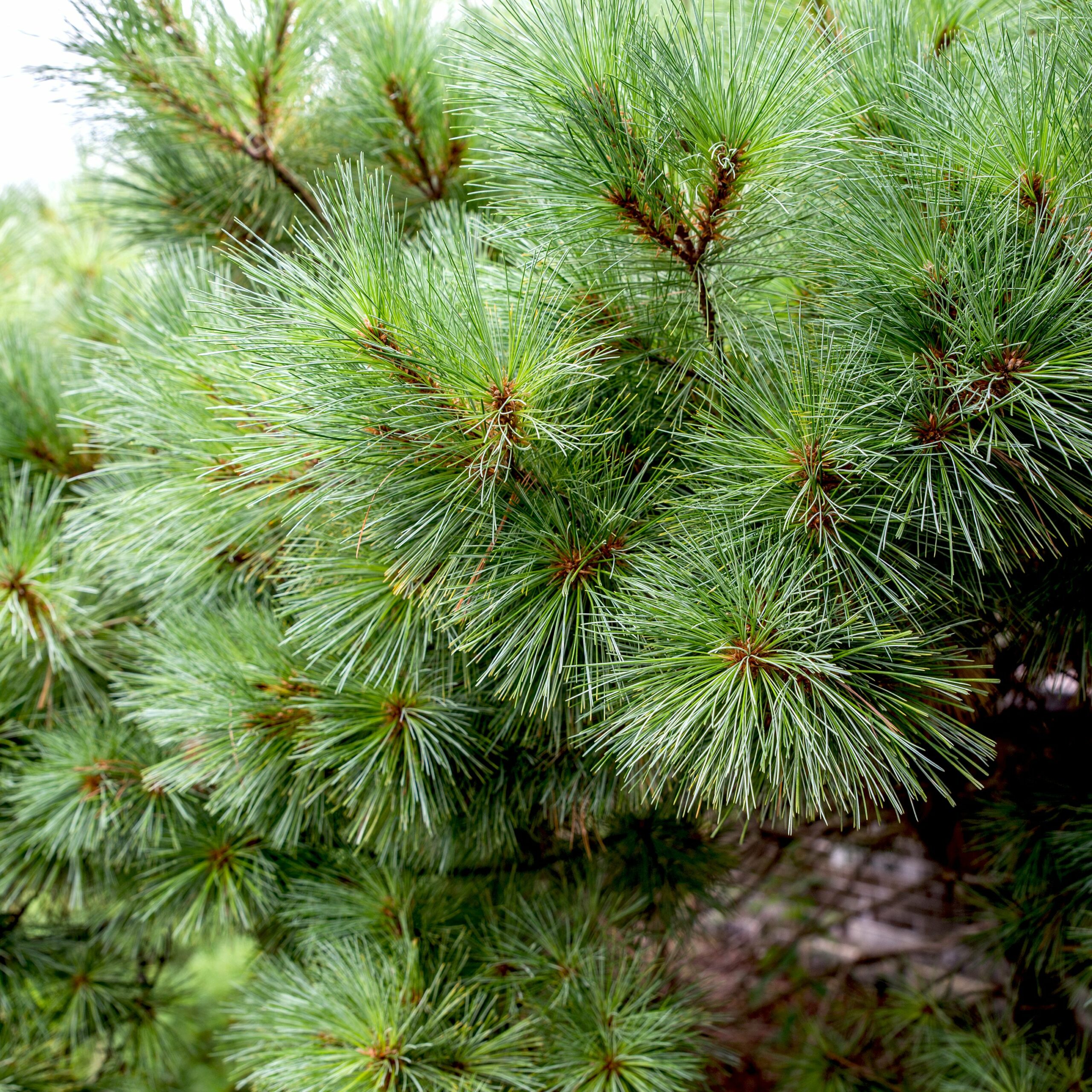
The needles of the white pine grow in bunches or bundles. However, the branches of this Christmas tree are flexible and emit little to no perfume, with bluish-green tints and pointy points.
Because the limbs are not as sturdy, this pine tree is not advised for heavy ornaments or large decorations.
Additionally, white pine is the largest in the United States, which is a fun fact. Mature trees can live for up to 400 years and reach heights of 230 feet.
9. White Spruce

Because of their short, stiff needles, the National Christmas Tree Association recommends them for ornaments. Dr. Ali notes, “They have beautiful foliage color and a good, natural shape.”
He adds, “Just don’t buy it for the smell.” “The needles are bluish-green, but when crushed, they emit a terrible odor.”
10. Scotch Pine
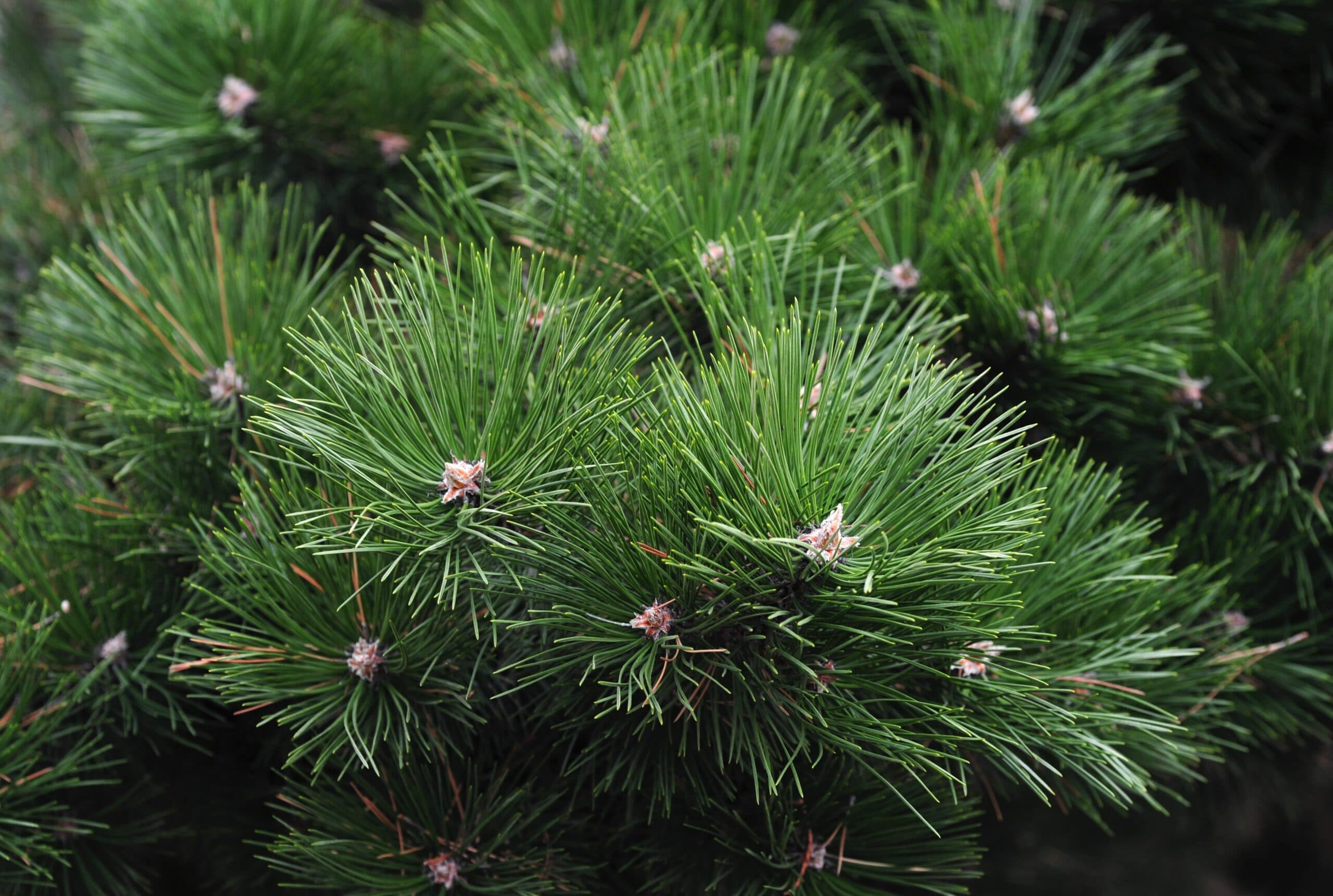
This pine tree, the Scots pine, is another popular Christmas tree option.
The scotch pine has dark green foliage and robust branches, which make it ideal for hanging Christmas lights and ornaments.
However, this pine tree can reach a height of 115 feet. In the winter, the needles change color from blue-green to a darker green and grow into bundles or bunches of two.
Besides, the scotch pine is also recognized for its lengthy needle retention, which means less clean-up after the holidays. It’s also Scotland’s national tree, which is a fun tidbit.
11. Blue Spruce
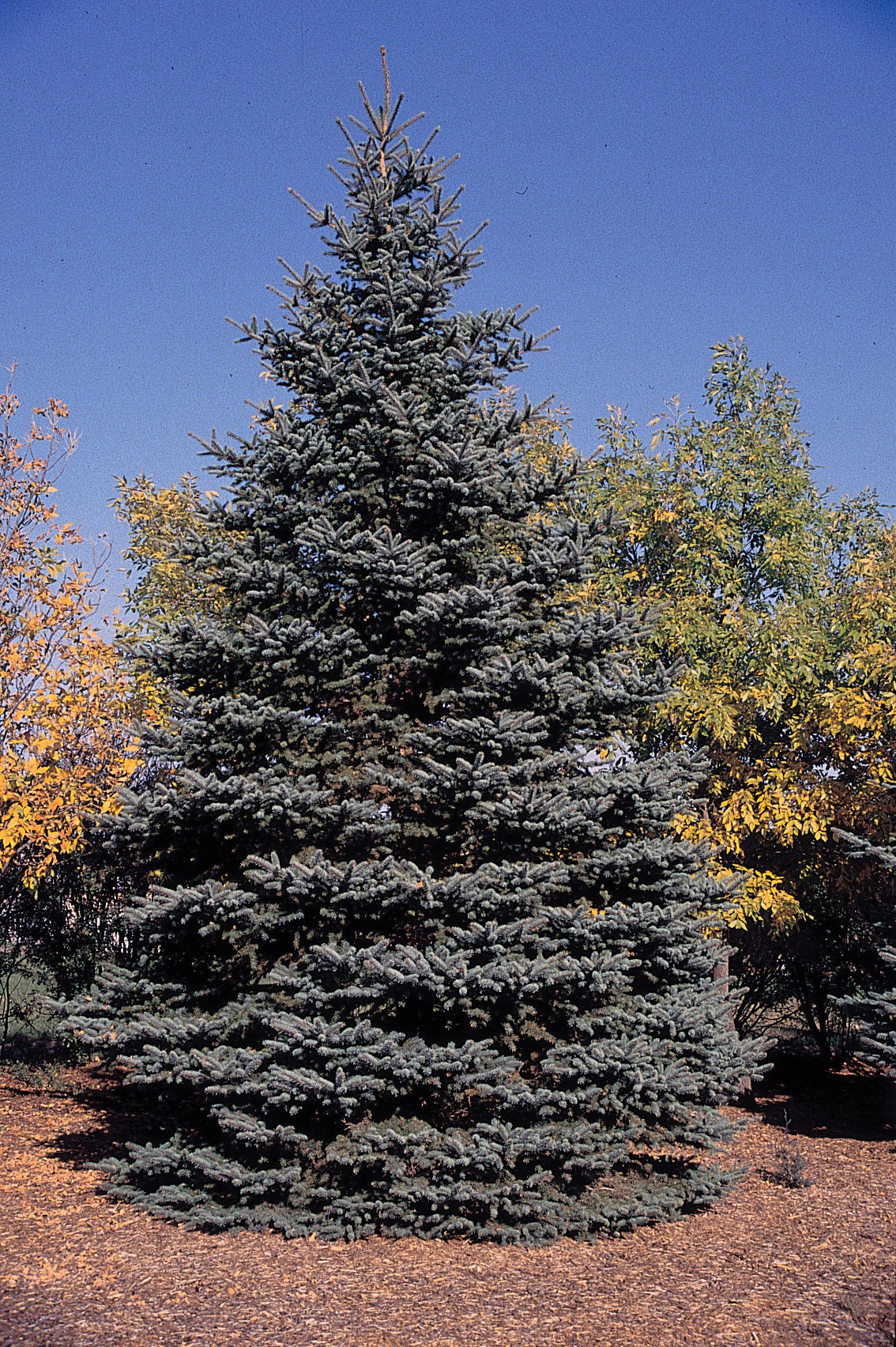
If you prefer a white Christmas, the blue spruce will be a lovely addition to your home. With its waxy grayish-blue needles, this tree appears to be coated in snow.
However, blue spruce is a Rocky Mountain native with rich foliage ideal for decorating.
These different Christmas tree types have a strong scent and a beautiful Christmas tree shape.
12. Virginia Pine
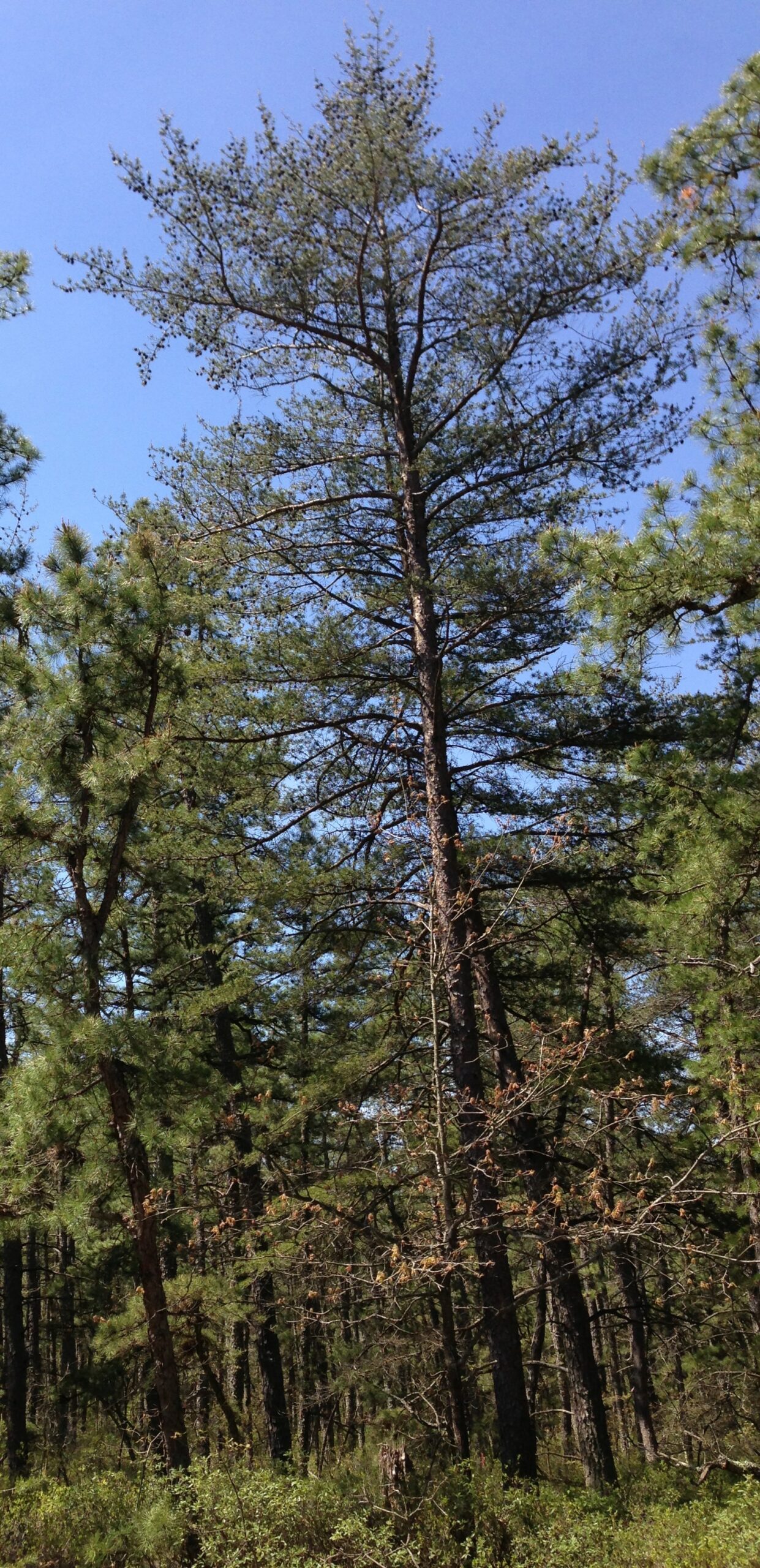
The Virginia pine is easily identifiable because of its small, twisted needles that grow in pairs.
Furthermore, short branches and dense foliage characterize this pine tree, which reacts well to pruning.
Besides, Virginia pine is a small to medium-sized tree that can reach up to 70 feet.
13. Leyland Cypress
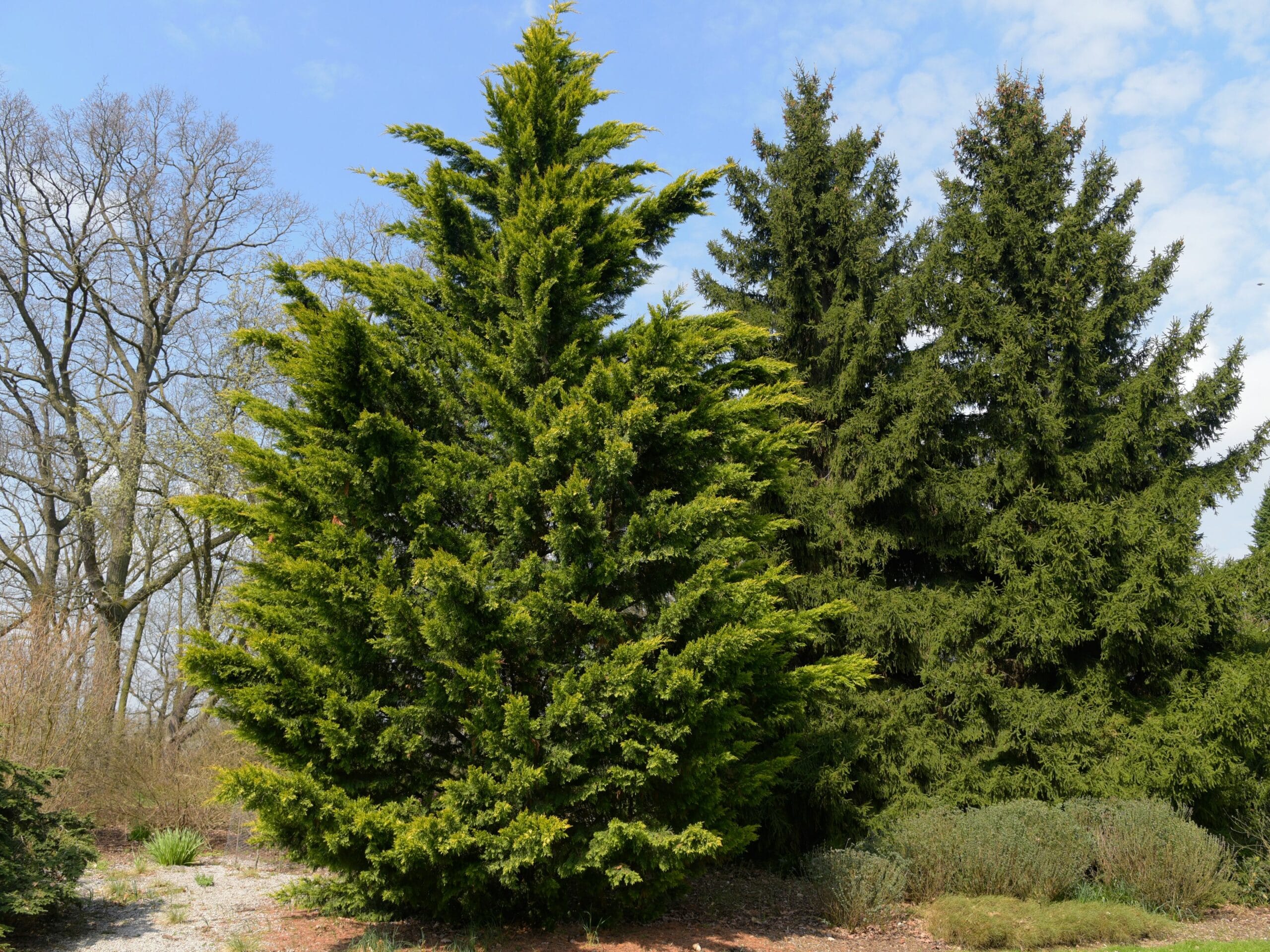
The Leyland cypress is another unusual type of Christmas tree because its leaves are feathery and have the shape of a Christmas tree.
Additionally, this Christmas tree is ideal for allergy sufferers because it does not emit an odor.
However, the Leyland cypress, most usually found in the southern United States, can grow to 70 feet tall.
14. Arizona Cypress
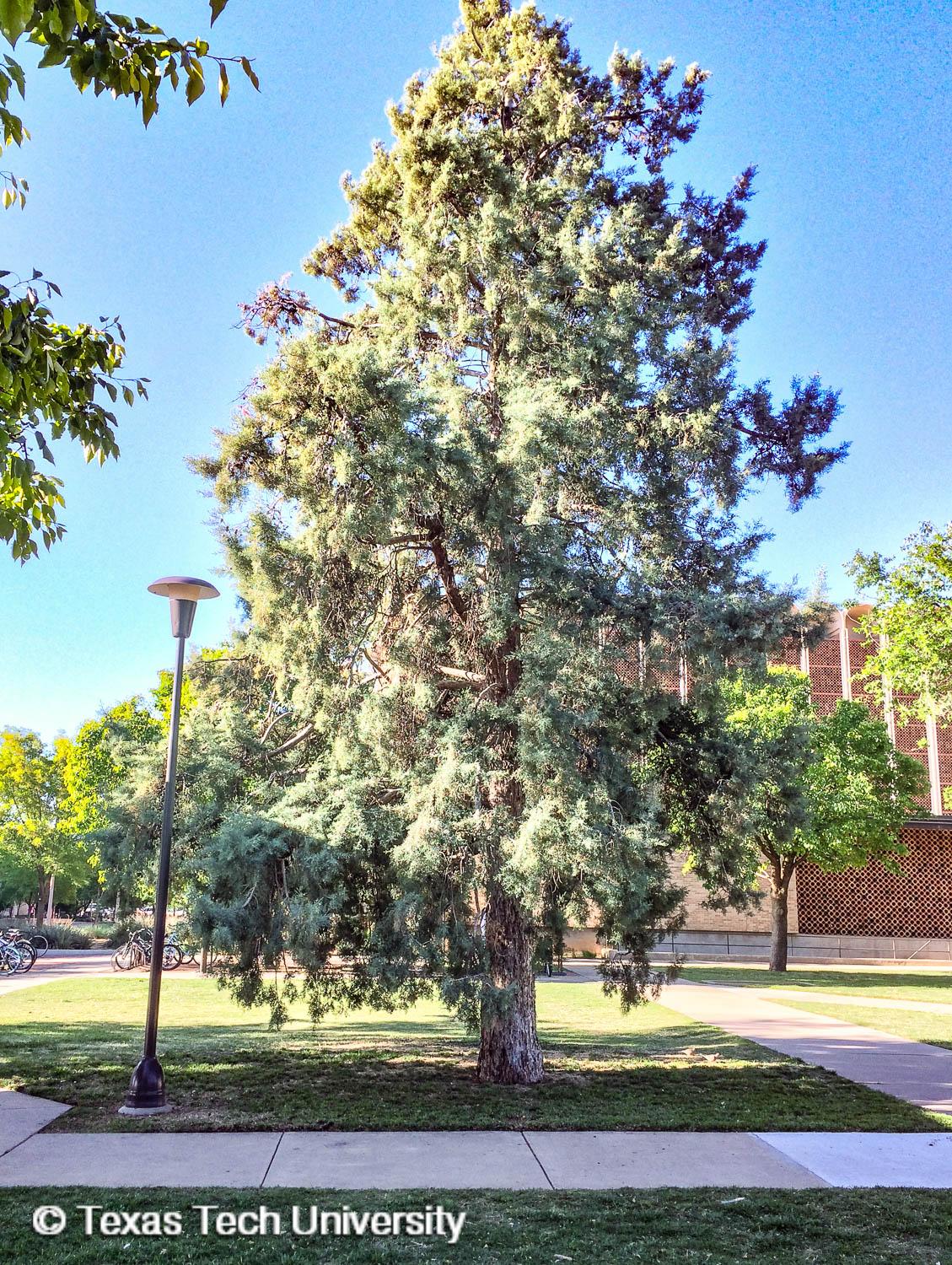
As its name suggests, the Arizona cypress is native to the Southwest United States.
It’s a medium-sized evergreen tree that can reach a height of 60 feet.
However, on branches that develop in a conical shape, the leaves of this particular cypress have a bluish-gray tint.
15. Red Cedar
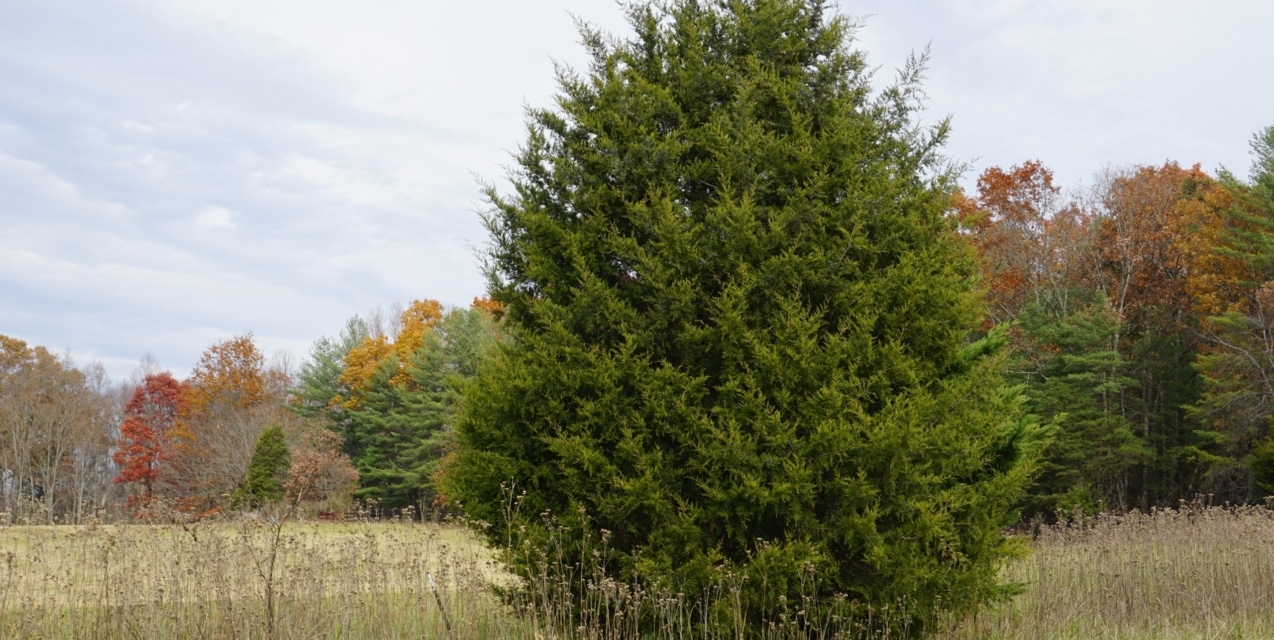
Eastern red cedar, pencil cedar, and aromatic cedar are all names for the same tree. This specific cedar’s branches are dense and form a pyramid-like appearance.
Furthermore, the leaves of these different Christmas tree types are a dark, gleaming green color that shoots upwards.
Despite its slow growth rate, eastern red cedars have been known to reach heights of over 40 feet.
This cedar tree is most typically employed as a Christmas tree in Missouri, Oklahoma, and Arkansas.
In conclusion, there is no better way to get into the Christmas mood than to decorate your Christmas tree, but you must first select one.
With so many alternatives to consider, we hope this guide to the different types of Christmas trees will help you narrow down your top choices.
Don’t forget to take excellent care of your tree once you’ve brought it home.




